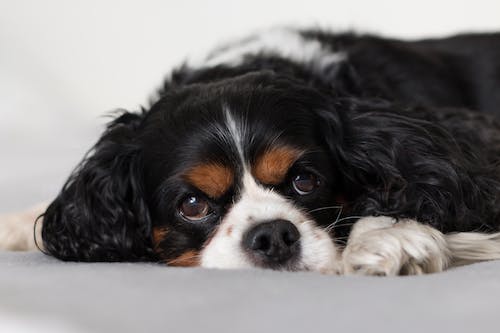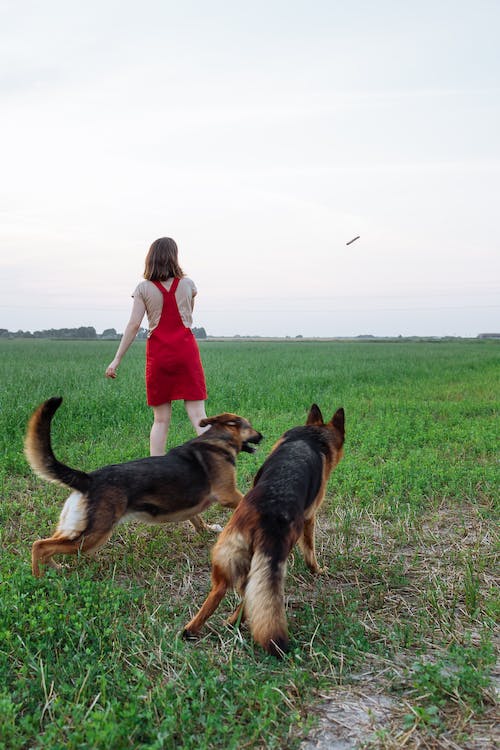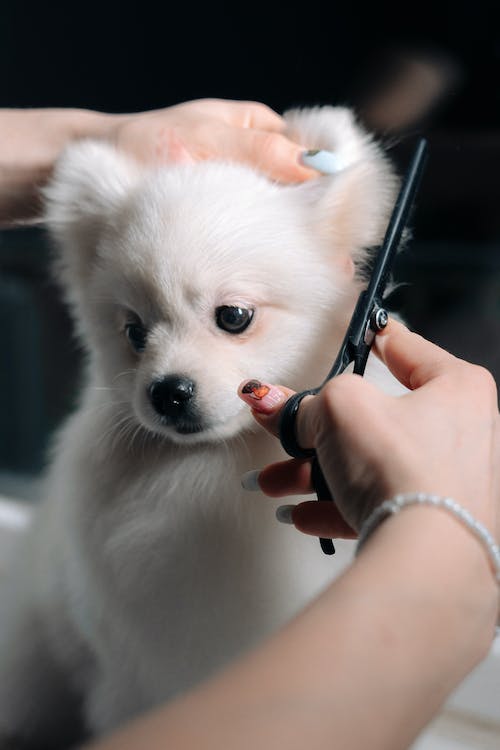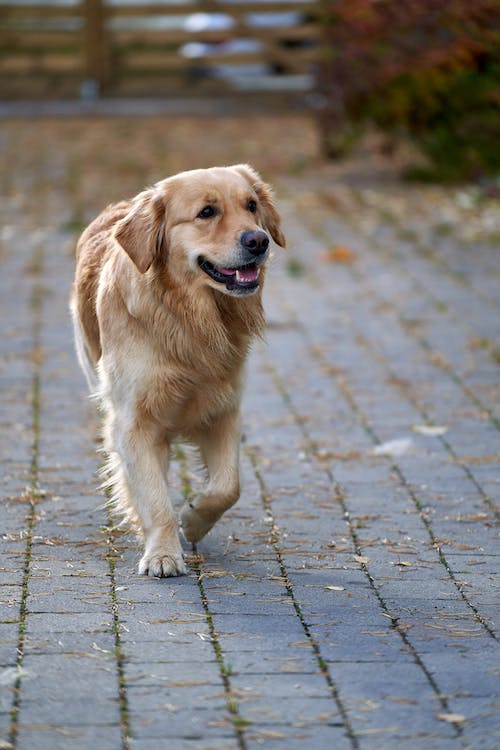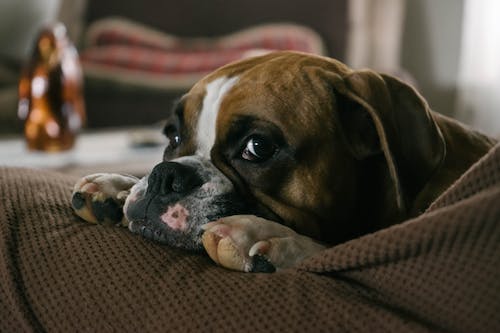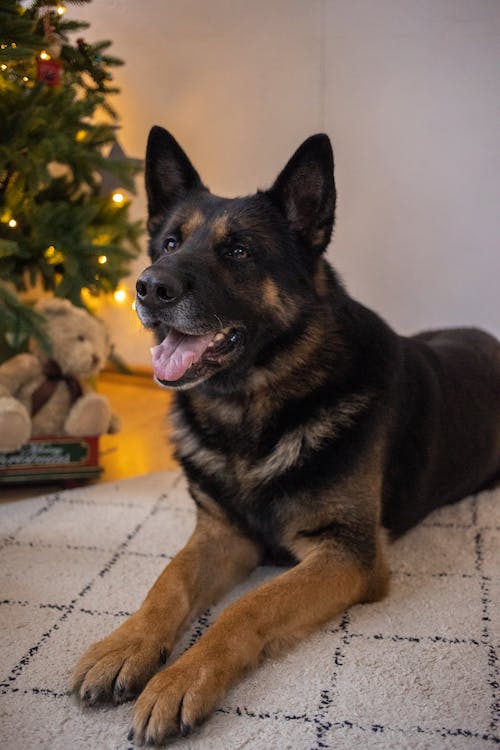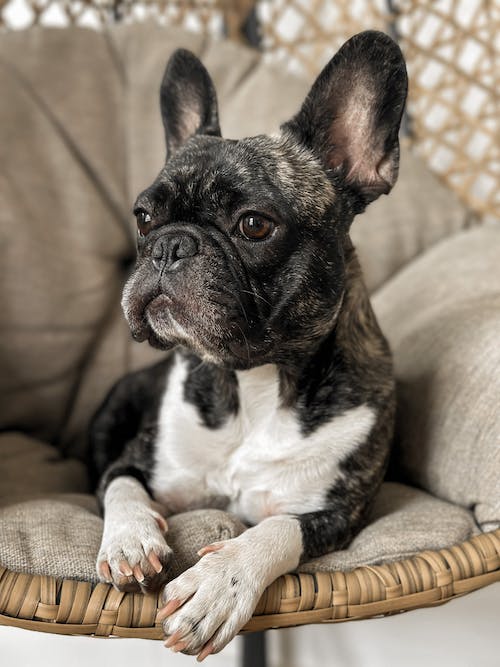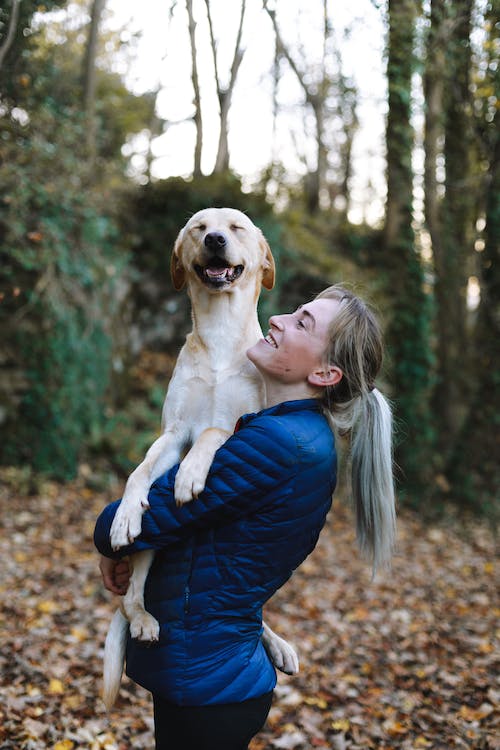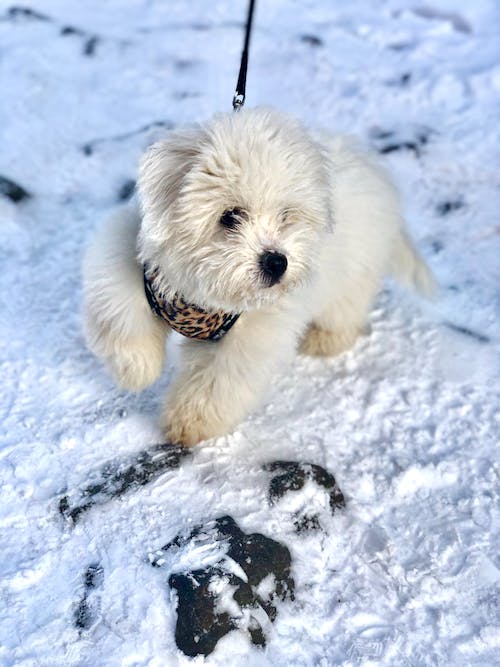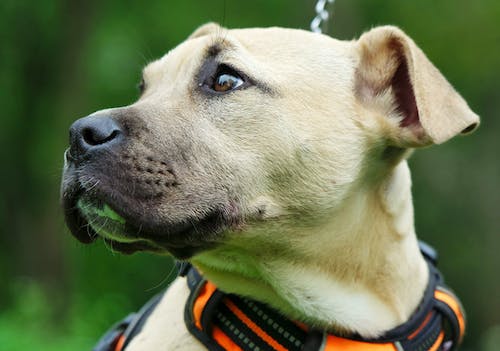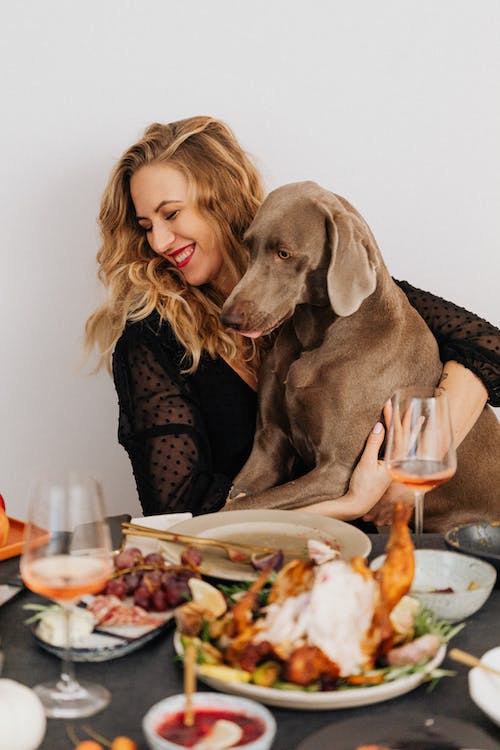Dogs are not just pets; they are members of our families. As responsible pet owners, it is our duty to provide them with the care and attention they deserve. One crucial aspect of their well-being is grooming. Regular grooming not only keeps your dog looking clean and healthy but also helps prevent various health issues such as skin infections, matting, and parasites. However, finding the best dog groomer can be a daunting task. Here are some tips to help you find the perfect groomer for your furry friend.
Research
Firstly, do your research. Start by asking for recommendations from friends, family members, or even your veterinarian. These individuals may have firsthand experience with local groomers and can provide valuable insights into their services and reputation. Additionally, take advantage of online resources such as review websites or social media groups dedicated to pet care. Reading reviews from other pet owners can give you a better idea of what to expect from different groomers in your area.
Once you have gathered a list of potential groomers, it’s time to visit their facilities in person. A reputable dog groomer should have a clean and well-maintained salon that adheres to proper hygiene standards. Take note of the overall cleanliness of the facility as well as the condition of the equipment used during grooming sessions.
Don’t Be Shy to Ask Questions
During your visit, don’t hesitate to ask questions about their grooming techniques and practices. A skilled groomer should be knowledgeable about different breeds’ specific needs and be able to address any concerns or special requirements your dog may have. Inquire about their experience in handling dogs with similar coats or temperaments as yours.
Observe
Another important factor to consider is how the groomer interacts with dogs under their care. Observe how they handle other dogs during grooming sessions — do they show patience and gentleness? Dogs can become anxious or stressed during grooming if not handled properly, so it’s essential that the groomer knows how to create a calm and safe environment for your pet.
Look For Certifications and Licenses
Apart from their grooming skills, it’s crucial to ensure that the groomer is properly trained and certified. Look for certifications or qualifications displayed in their salon or ask about their training background. A well-trained groomer will have a solid understanding of canine anatomy, skin conditions, and common health issues that may arise during grooming.
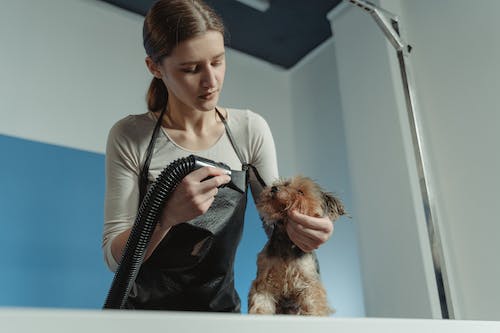
In addition to technical skills, good communication is key when choosing a dog groomer. A professional groomer should be able to listen attentively to your requests and preferences while also providing expert advice on maintaining your dog’s coat and overall health. They should be open to discussing any concerns you may have and be willing to work with you to achieve the desired results.
Lastly, consider the overall experience of taking your dog to the groomer. Pay attention to factors such as location, availability of appointments, pricing, and additional services offered. It’s essential that the groomer’s schedule aligns with yours so that you can maintain regular grooming sessions for your pet.
Finding the best dog groomer requires time and effort but is well worth it for your furry friend’s well-being. By doing thorough research, visiting facilities in person, asking questions about techniques and training, observing interactions with dogs, ensuring proper certifications are in place, prioritizing good communication skills, and considering convenience factors — you can find a trusted professional who will keep your dog looking their best while ensuring their comfort throughout the grooming process. Remember that finding a reliable dog groomer is an investment in your pet’s health and happiness!

